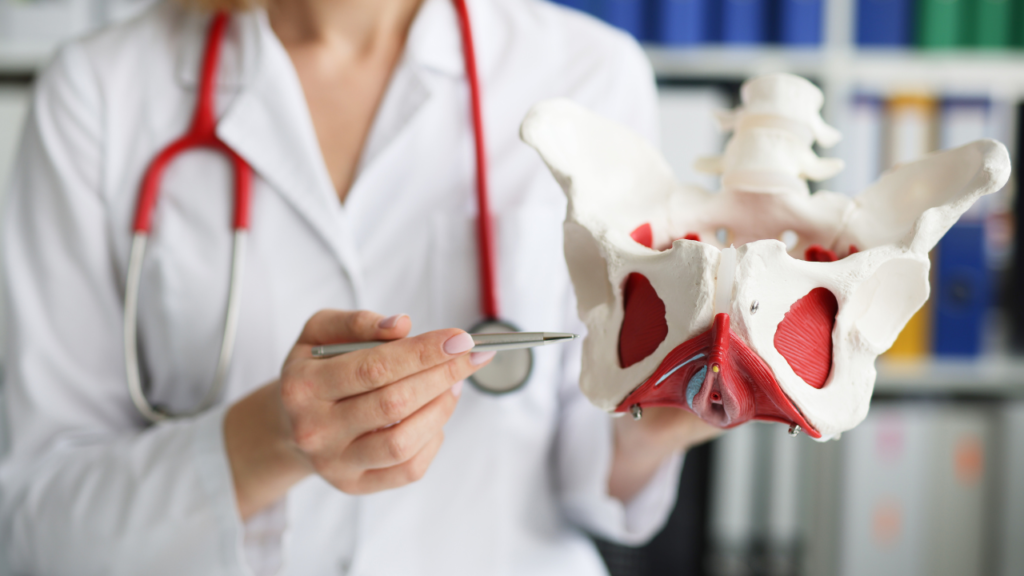Its not uncommon for women whilst navigating through menopause & post menopause to experience a few more stumbles, trips and falls. There are several reasons why this happens – hormonal shifts & changes; stress; decrease in flexibility, mobility, stability, muscle tone affecting coordination & balance; lack of movement or sedentary lifestyle; poor program exercise design / technique causing instability; diet & lifestyle factors contributing to decrease in bone mass / density.
I remember the first time I heard about osteopenia. It was when I was training a well known Irish writer, who was in peri-menopause. It brought my attention to the importance of weight training for women way before peri-menopause takes place. The necessity of incorporating all aspects of movement to keep the bones strong, joints & connective tissue healthy.
Osteopenia is the start of osteoporosis – the weakening of the bones and tissue.
To help support the bones and tissue, some form of strength training is essential as well as including any impact activity into your week. It can be low, but with a bit of a bound/bounce.





I like to add a 1-3 min dance breakout between my strength workout sets – sure does keep it fun! Or a 30 second skip. This is great for getting that impact for bone density; good little cardio burst for the lungs and heart and better than steady state cardio any day!
You can watch the skipping interval video of my push workout here.
You might cringe at the idea of going for a bounce, jump, jog, or skip or a walk, with the fear of experiencing a leakage, (or wetting yourself) when you do so. Don’t worry! You are not alone!
Pelvic floor weakness is very common for women in peri menopause right through to post menopause and it can starts as young as puberty and most definitely after child birth, whether the birth was vaginal or by c-section.
Weight gain, inflammation of the gut, hormonal imbalance – too much laxity & lack of activation of the core or inner unit along with faulty breathing patterns can & do result in weakness of the pelvic floor – hence we can experience that loss of control of our bladder – maybe when we cough, sneeze or laugh. When we have the weakness, we are unable to fully support our joints and bones, which can lead to us stumbling, falling and potentially injuring ourselves or breaking a bone. So yes, jumping, running, skipping to build bone density would scare you off – for the moment.
You don’t have to avoid those movements forever….pending on the degree of your pelvic floor weakness or lack of activation in the pelvic floor, you can regain function, awareness and strength (its not always strength you need) and then do more impact training.
Do you see the connection here? Nothing is separate.
Please note: There is no one “exercise” for the pelvic floor
Its not something that sits on its own and you isolate it as one muscle.
Its a part of a unit which is part of a system, which is part of a multitude of systems.
If you found this helpful or need further support, email: cathy@cathycarrcoaching.com



